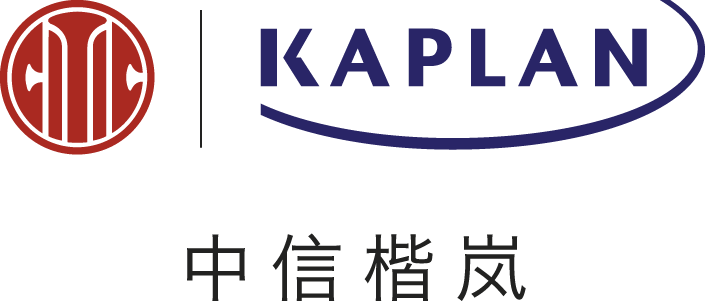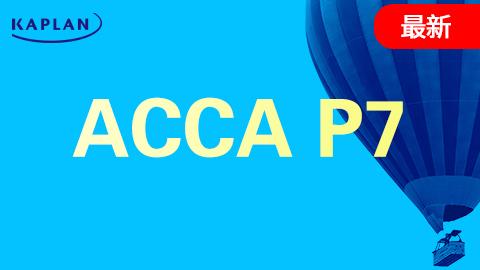define materiality and performance materiality
application in fiancial reporting and audit
evaluate business risk
evaluate audit risk
evaluate risk of material misstatement
discuss and demonstrate the use of anyalytical procedure in planing state of audit
result of planning procedure determing the relevent audit stratege
recognize maters that are not relevant to the planning assignment
ethics and integrity
business insight (acumen)
building relationship
communication
leadership
problem solving and decision making
always have behaviour in
professional scepticism
and flexibility
audit stratege is the key document in planning process, the contents include:
1. overall audit approach
- financial report framework
- industry report
- knowlesge of business
- service organization
- third parties use of CAATs
- internal control
- availability of client staff
2. reporting objectives ,timing and communication
- timetable
- communication with client, team, and third parties
3. significant factors, preliminary engagement activities
- materiality
- risk assessment
- internal control
- need for scepticism
- change in laws and regulations
- significant development
4. nature, timing and extent of resource
- selection of audit team
- budget
plan is far more detail about each approach in the stratege:
what, who, how much work (big sample), when
risk assessment techniques:
- making enquires of knowledge people
- conduct analytical procedures on financial statement number
- observing things at the client
- inspecting document
analytique analysis:
compare with related piece of financial information
compare with historic data
compare with budget
compare with other non fiancial information
main ratios will require to calculate
entity: its pressure and encentive, its governance, its key customer and suppliers
environment: industry, complex or new laws and regulations, competition
applicable financial report framework
interna control effevtiveness of internal control, system of internal control, segregation of duties
material: ommision or mistatement may influence the decision of the user
guidance for materiality:
0.5-1% of turnover
1-2% of total assets
5-10% of profit
also need to consider the nature and relevent of the error, if the item is materiality or not is based on prfessioanl judgement.
performance materiallity: aggregate exceed the materility as a whole
material misstatement include:
1. incorect number
2. missing or inadaquate disclosure
3. wrong basis of preparation
audit risk=inherent risk * clients control risk * detection risk
inherent risk is the error make in prepare the statement.
control risk is the internal control fail to detect and correct the error
inherent risk * control risk form the materiallity misstatement
and the audit detect risk(procedure deficiency ) will cause the total audit risk
business is scepticism concerning:
- fraud /money laudering
- complex of accounting
- mamagement judgement and mamagement(internal control)
audit planning:
1. characteristics of the engagement:
- know your client: industry, list or not, which accounting standard are applied with, internal control and internal audit reliability, if any third parter or external expert are needed
- FR framework
- knowledge of the industry
- knowledge of the business
- internal audit services
- organisation
- use of CAATs
- availability of staff of clents
2. reporting obnjectives, things and communication
- works cover the charactics
- time table, schedule, internal dealine
- third parties schedule and requirement , not delays whole schedure, especially valuer...
- communication with clients, team, and 3nd parties
3. sigbificant factors, preliminary engagement activities
- show work on risk assessment, materiality calculation, view of clients internal control
- ongoing clients, highlight siginificant changes since prior year
- materiallity
- risk assessment
- internal controls
- need for scepticism
- changes in laws and regulation, policies and major estimation\
- sigificant development
4. nature, things and extent of resources
- budget
- context of works
- extend of third parties not excess budget
audit strategy which should be coved in planing overall :
audit plan: what specific work on each area, who, how much, when
control activities comprise segregation of duties, reconcillication, authourisation, physicial or logical controls, and verification
applicable financial reporting framework: key area includes: revenue recognisation, financial instruments, foreign currency transaction, unusual or infrequecy transactions
environment: industry, laws and regulation, competition, revenue generation, net relisable value of inventory, provision on penality
entity: incentives or pressures, government, revenue, receivable, purchases and payables on major customer or supplier






